Avoiding “Death Traps on Ships” – Understanding Dangers of Mooring Operation
[Updated]Mooring operations are carried out by the Chief Officer (for the forward station) and the Second Officer (for the aft station); however, it varies among companies wherein sometimes the Third Officer executes the forward station so that the Chief Officer may be with the Master on bridge to hone his skills with regard to ship handling when mooring operations are in process.
A cargo vessel’s main earning potential is tested not just by the safe transport of goods while in open sea but also by the vessel’s turnaround time while in port. While the handling of the cargo itself is prime in assessing the efficiency of the operation, mooring also is an integral part of ensuring that the former runs smooth.
An efficient port and cargo operation of a ship is what every ship operator expects from its deck crew. The first and foremost operation performed by the deck crew as the ship reaches the port – the mooring operation is also one of the most difficult and dangerous jobs on ships.
What Makes Mooring Operation Dangerous?
There have been several cases reported in the past about accidents during mooring operation that has led to severe injuries or deaths of seafarers. The mooring ropes/wires that are dealt with on board are not the average ropes and if strict caution is not exercised when handling them, the chances of injury are very high and can cause severe damage to both the ship as well as the personnel.
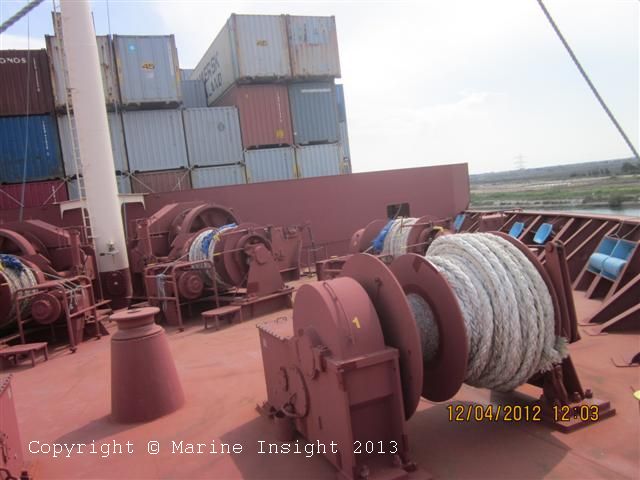
The mooring area on a ship comprises of forward and aft parts of a vessel where winches are installed to pull the ropes from the tug and jetty bollards.
The Mooring area is equipped with several equipment and systems such as winches, hydraulic motors, bollards, piping valves, anchor chain etc. All these parts work in conjunction to ensure that there is no damage when such an operation is carried out.
Following factors make this mooring area and operation dangerous:
- Use of old and damaged wires and ropes that do not possess the adequate strength to hold the ship in place as well as the possibility to cause damage to the personnel (chafed, weak ropes can snap/get stuck in the winch at any time)
- Unclear mooring area with unused ropes and equipment possess many dangers such as confusion with regard to areas that hold a much higher degree of danger than others
- Mooring ropes are not fastened but stored at winch drum end
- Mooring equipment is not maintained properly; as with any other equipment, maintenance of the mooring equipment is essential to its safe movement
- Undersized and untrained operating staff; mooring of a ship pertains to ship handling and naturally, ship staff not conversant with that will not be able to gauge the dangers associated with it thoroughly
- Supervisor of operation is involved with some other work as a result of fewer crew members; as mentioned earlier, the ropes are big and heavy and adequate skilled manpower is required to handle the operation. It’s not everyone’s cup of tea to understand which ropes to pass under command from the Master and to what lengths
- The painting of mooring area is badly planned with all surfaces and equipment painted with the same color not highlighting hazardous and tripping sights. The topic of ‘snapback’ zones have been a hot topic in recent times to ensure hazardous areas pertaining to mooring are adequately highlighted so that everybody understands the dangers associated with it
- Overpainting of the drum including corners causing rope damage. Ropes are made of vegetable fiber or in the case of wires, other material; painting some of the rope along with the drum itself can cause it to get stuck while it turns or get hardened reducing its effectiveness
- No warning marks painted
- Non-slip deck is not available
- Crew not aware of Snap Back Zone
- Crew not aware of dangers of rope bight. While the mooring operation is being carried out, it is only natural to forget many aspects with regard to dangers and the crew, in their efforts to continue swift operation, might forget that they ought to never stand in the eye or the bight of the rope. A strictly enforced safety culture must be in place for the crew to always remember that life comes before getting the ship alongside swiftly!
- Personal Protective Equipment is not used. As with all other tasks on ship, the associated PPE must be donned at all times
- Rope and metal line are joined directly without using thimble which may lead to parting of rope
- Inspection and tests of mooring machinery and ropes are not carried regularly
- Ropes are not arranged on split type drum correctly. The smaller drum must have 4-5 turns and rest of it should be on larger drum
All the above points are considered by the supervisor i.e. Chief officer or 2nd officer while preparing a mooring operation beforehand, under the obvious supervision of the Master
From the above-listed points, two important and dangerous phenomena which are responsible for maximum causalities in mooring of a ship and which are also considered as death traps are-
[the_ad id=’172861′]
1) Snap Back Zone
The highest number of injuries and deaths during a mooring operation on a ship are due to the parting of the rope or wire hitting back to a crew member standing in the area of the rope. The area traveled by the parted rope having a force enough to kill a person on its way is known as the snap back zone.
When ropes are pulled straight then the snap back zone is minimal but if the ropes are turned in bollard or roller then the snap back area increase. Previously, for the safety of seafarers working on this area, snap back zone markings were provided as shown in the diagram below:
The marking of snap-back zones on the deck, although convenient and simple, does not reflect the actual complex snap-back zone and may lead the seafarer into a false sense of security that they are safe as long as they aren’t standing in the highlighted area. The latest version of the COSWP (2015 edition) has revised its guidance on snap-back zones and now dissuades the marking of snap-back zones on the deck. It recommends that the entire mooring deck should be considered as a potential snap-back zone and clearly, visible signage must be displayed to warn crew.
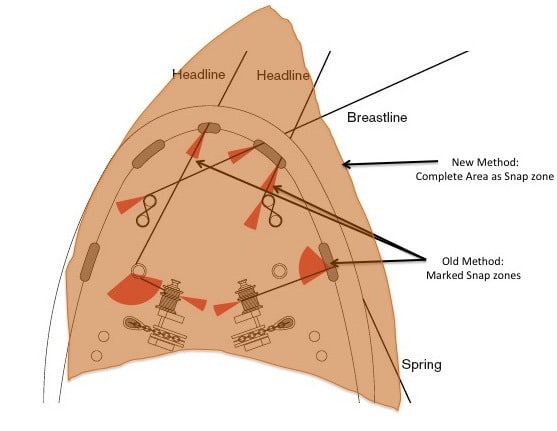
A ship has to be pulled by tugs or by ships own winches for making it close to the jetty for berthing. This requires strong ropes and wire to be stretched in tension for pulling the ship. Every rope and wire has got its own endurance limit above which it will fail and part off. The endurance limit will get reduce if the rope is old or not maintained properly.
The rope will break or part when it is in tension due to pulling action and when these parted rope swings back in its snap back zone and hits a person standing there, it can be a deadly blow
The crew performing the operation must be thoroughly trained and qualified with the snap back area. The ship fore and aft parts i.e. the entire mooring deck should be considered as a potential snap-back zone and clearly, visible signage must be displayed to warn crew.

2) Rope Bight
Mooring ropes are long and heavy ropes stored on board ships in coil form. When these ropes are under operation, they tend to form a coil or ring shape naturally known as rope bight.
If a person involved in mooring operation comes under this rope bight, the pull of the rope can drag him over the ship or smash him in the hard deck over machines. Several injuries and deaths have been reported due to crew unaware of standing over bight and dragged by the rope.
The best ways to avoid accidents due to rope bight are:
- The crew must be aware of where he is standing while handling the ropes or when near them. It must be repeatedly made known to them that they should NEVER stand in the bight of a rope as the smallest error can cause them their life
- The supervisor must concentrate on others action and should not involve himself/herself in the operation as working hand. Being the officer in charge of the whole operation, the person must ensure that he oversees the safe mooring operation and carry out the Master’s orders. There is absolutely no need, unless in a critical situation, for the officer to get involved with the handling of ropes as rather than helping the situation, it only further increases the risk
[the_ad id=’173168′]
- Inexperienced crew such as cadets and fresh ratings should bellow to handle rope only under supervision. Cadets and trainee OS are onboard to pick up the requisite skills and it shouldn’t be expected of them to be part of a team who are thoroughly conversant with safety aspects while mooring happens. If there is a need to do once they have been onboard for a while, it should strictly be done to the extent that can be supervised
- The only required crew should be present on mooring station. It has been commonly seen that those people who are not involved in the operation (Engine crew or off timers coming on deck) visit the mooring operation area. Thus, notice should be placed for restricted entry. With the presence of wires and ropes and at the same time, the chatter on the handheld VHF to promulgate commands requires a clean working space free from unnecessary personnel, for the safety of the personnel as well as of the operation
- Enough number of deck hands to be present on mooring station to perform the operation smoothly. Being short staffed during mooring is a huge problem as the work get exponentially increased on those few that are present. This is an operation which requires physical strength as well, hence it’s best to have adequate people to carry it out
One must remember prior to the start of such an operation to have all the requisite ropes ready for operation laid out on deck. The winches should be checked in advance for smooth operation and any entanglements must be fixed. The deck must be checked to be free from stray items and any such items should square -up. It is imperative to remember that in cold weather, there is a chance of slipping due to ice accumulation and a very strict safety policy must be followed in that case.
Remember, bights don’t always look like bights. Safety of human life on the ship must be the first priority of all operations performed. Life is precious, always think about Safety First.
Disclaimer :
The information contained in this website is for general information purposes only. While we endeavour to keep the information up to date and correct, we make no representations or warranties of any kind, express or implied, about the completeness, accuracy, reliability, suitability or availability with respect to the website or the information, products, services, or related graphics contained on the website for any purpose. Any reliance you place on such information is therefore strictly at your own risk.
In no event will we be liable for any loss or damage including without limitation, indirect or consequential loss or damage, or any loss or damage whatsoever arising from loss of data or profits arising out of, or in connection with, the use of this website.
Do you have info to share with us ? Suggest a correction
Latest Ship Safety Articles You Would Like:
Disclaimer :
The information contained in this website is for general information purposes only. While we endeavour to keep the information up to date and correct, we make no representations or warranties of any kind, express or implied, about the completeness, accuracy, reliability, suitability or availability with respect to the website or the information, products, services, or related graphics contained on the website for any purpose. Any reliance you place on such information is therefore strictly at your own risk.
In no event will we be liable for any loss or damage including without limitation, indirect or consequential loss or damage, or any loss or damage whatsoever arising from loss of data or profits arising out of, or in connection with, the use of this website.

About Author
Shilavadra Bhattacharjee is a shipbroker with a background in commercial operations after having sailed onboard as a Third Officer. His interests primarily lie in the energy sector, books and travelling.
Subscribe To Our Newsletters
By subscribing, you agree to our Privacy Policy and may receive occasional deal communications; you can unsubscribe anytime.



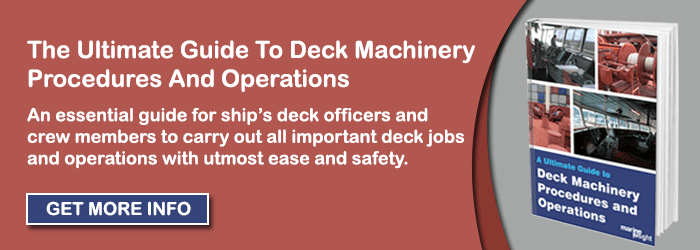
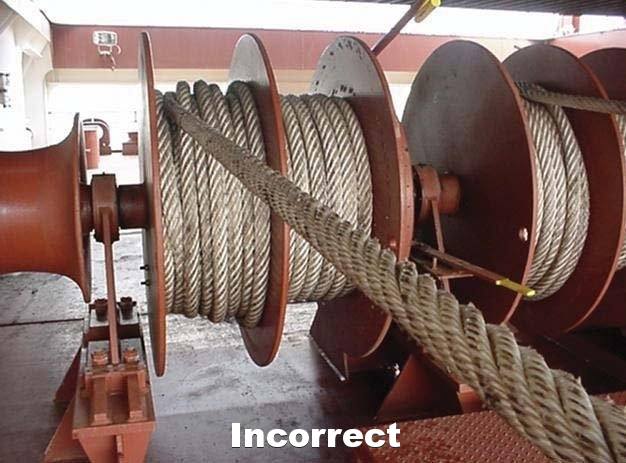
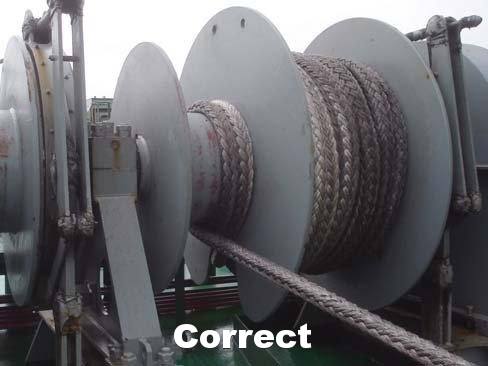

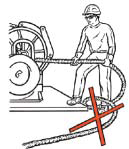
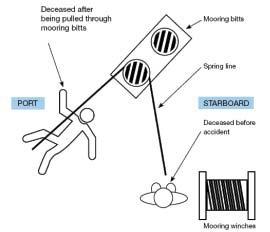
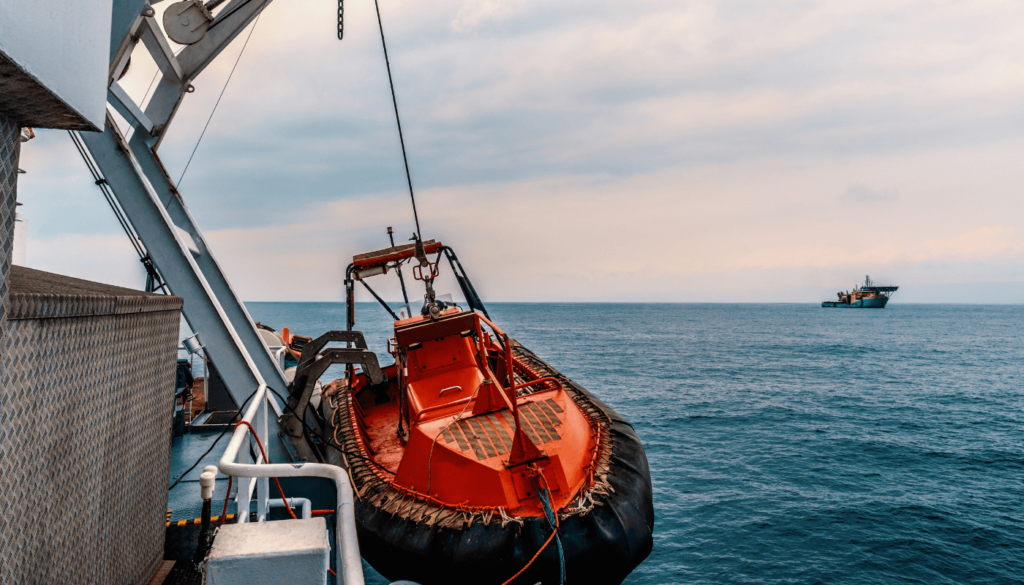
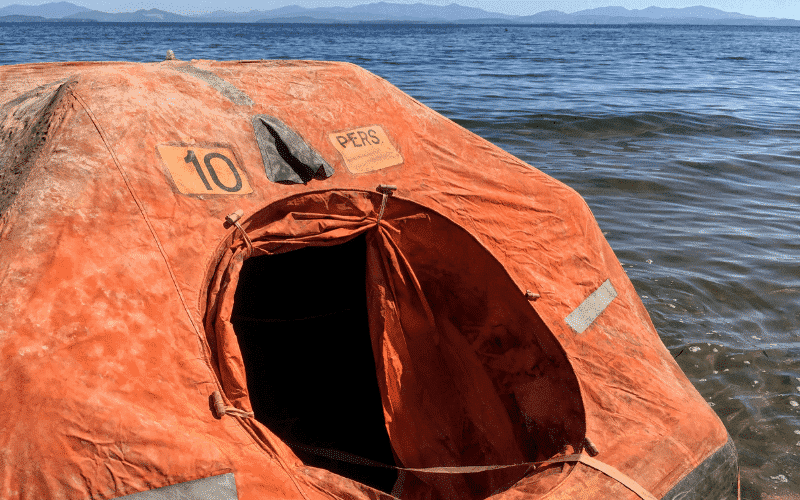
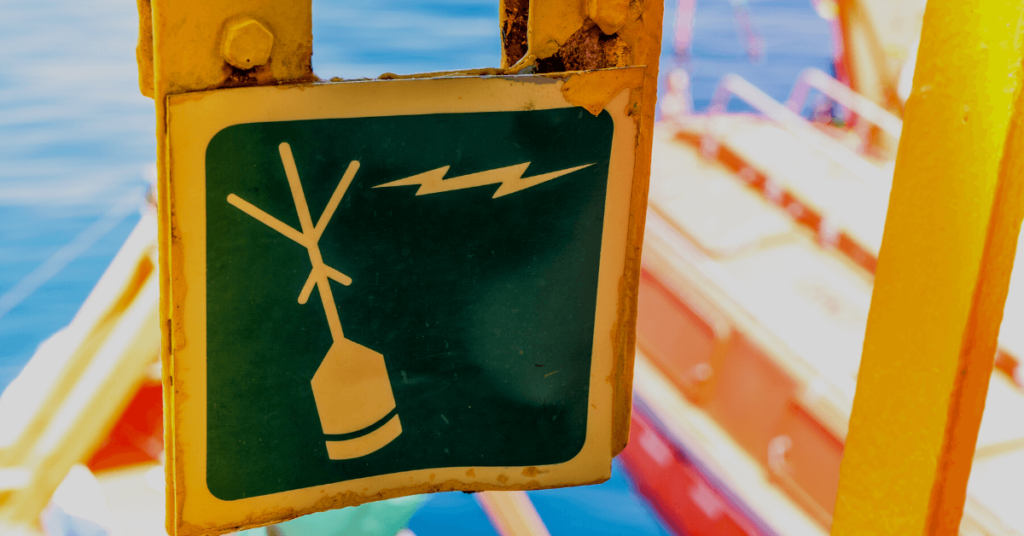
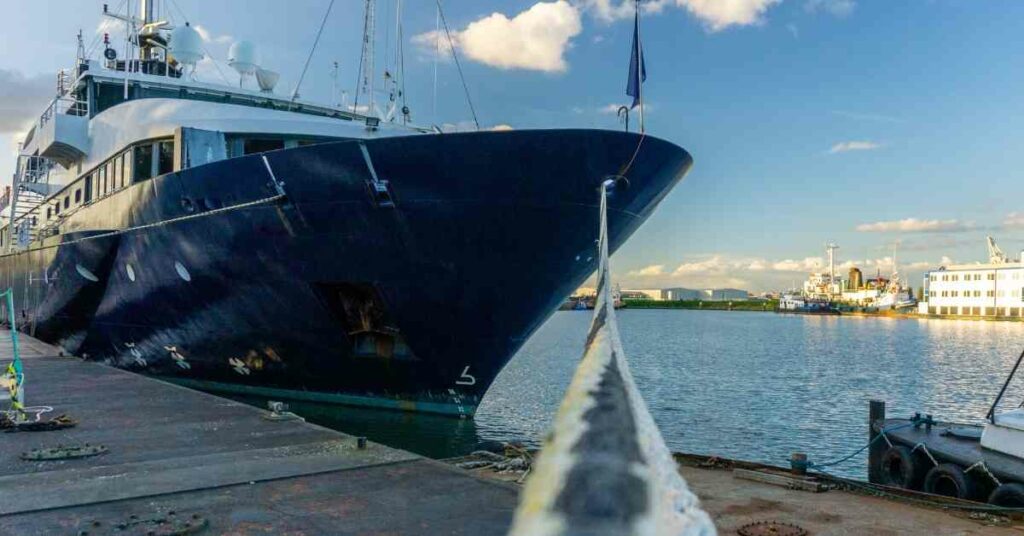
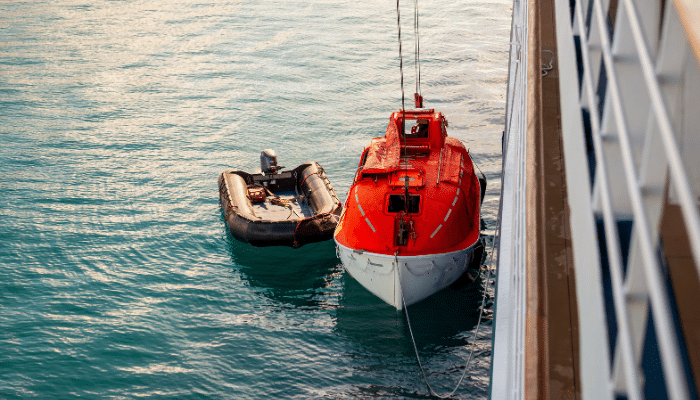
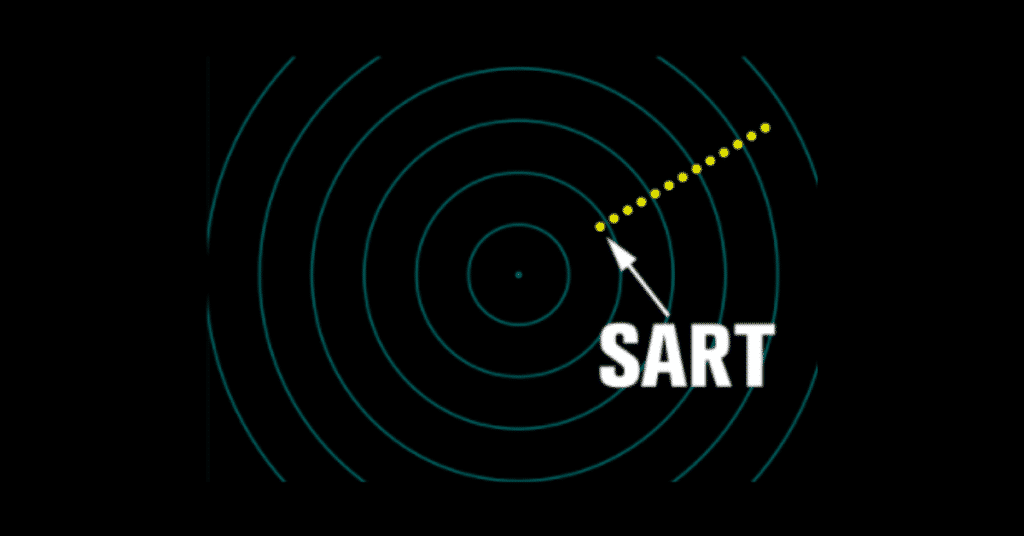

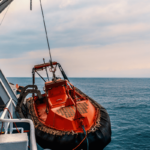
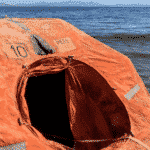
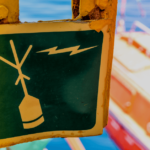
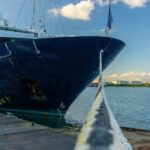
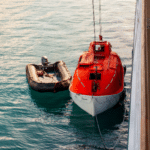
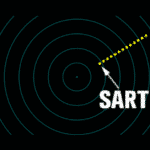
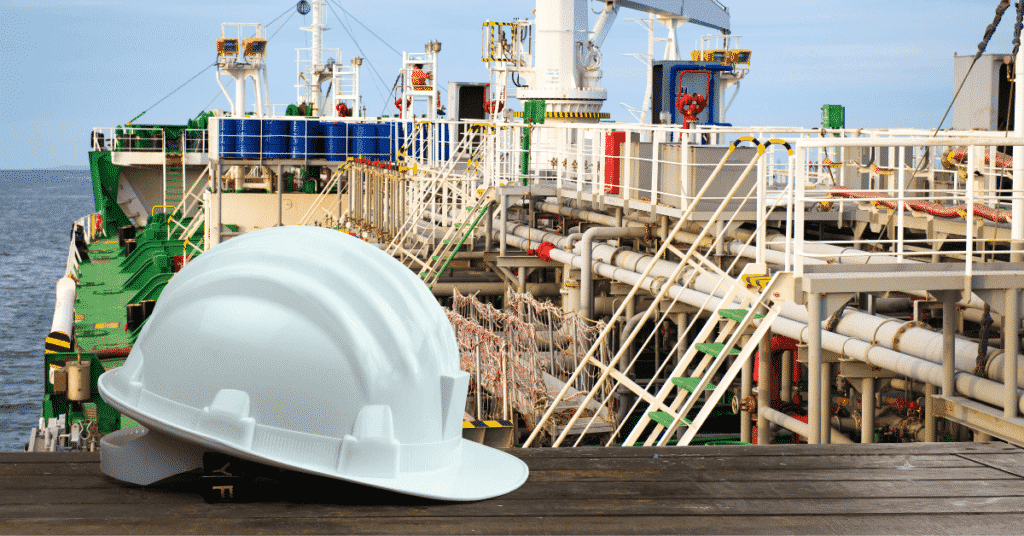
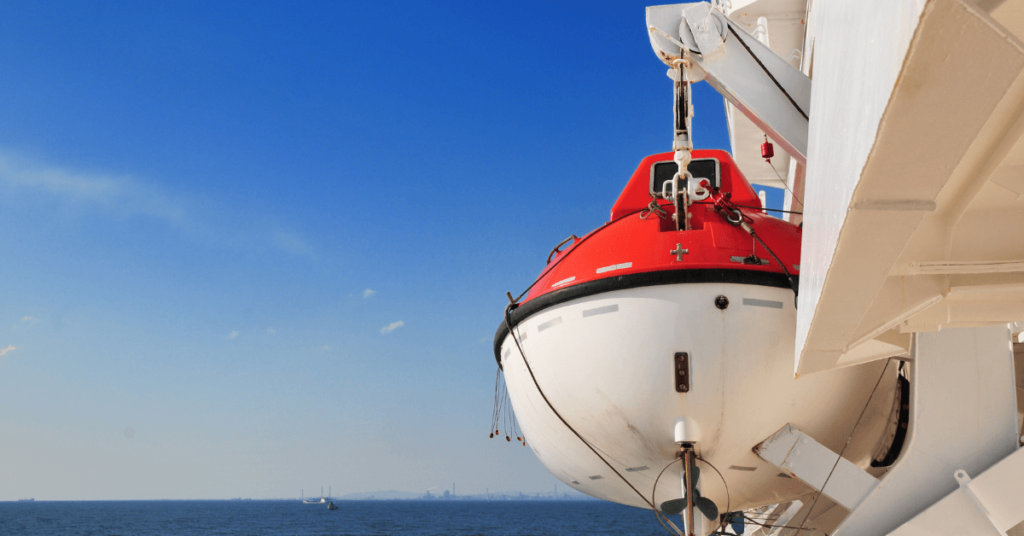
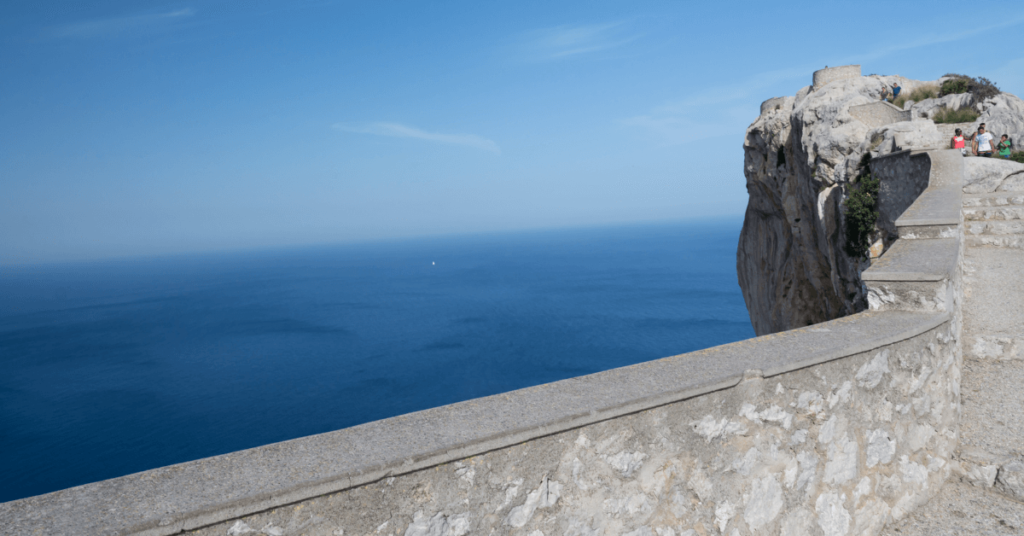
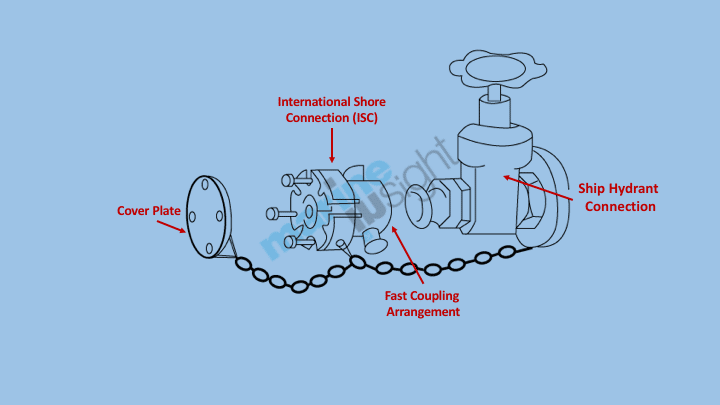
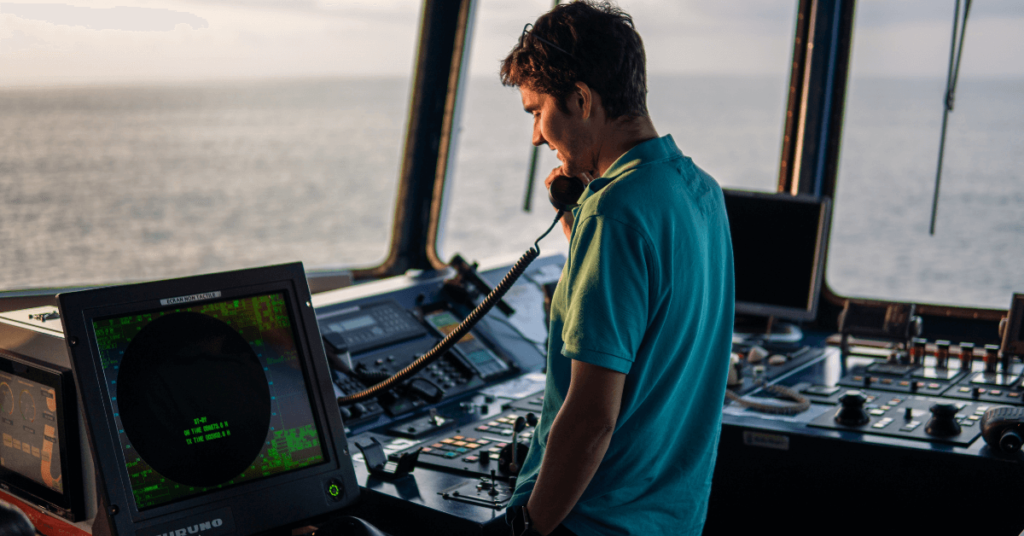
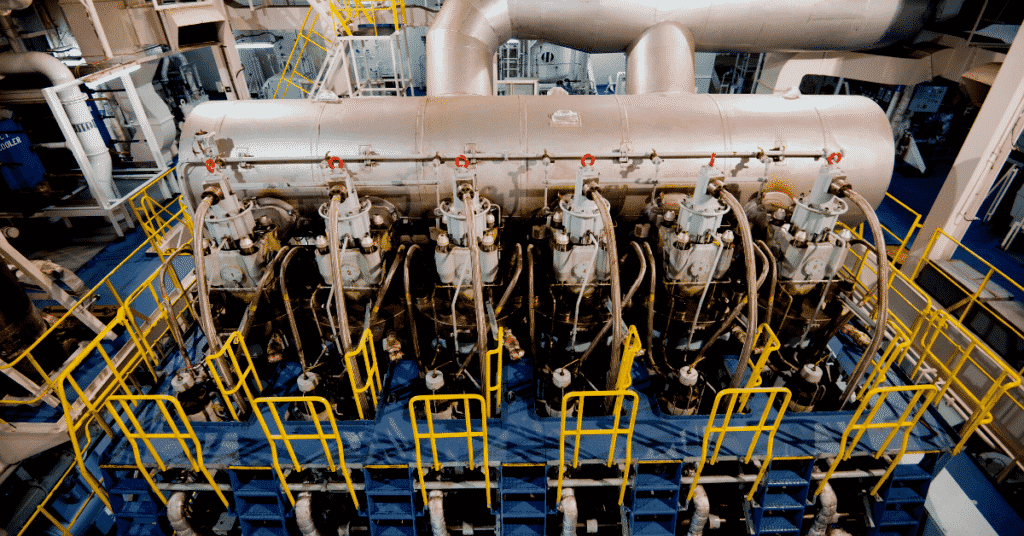
thank you so much for sharing such useful informations about mooring operations these informations are really helpful for freshers like us
Well after Working on fishing vessel where we set Many miles of nets, this doesn’t seem so hard :p
This is good rules for all sailors and deck officer when they make the mooring operations on deck.
dear
this inquiries on mooring operations is very important for all seafarers (rating and deck officers) to take care of mooring equipment and to take their maintenance.